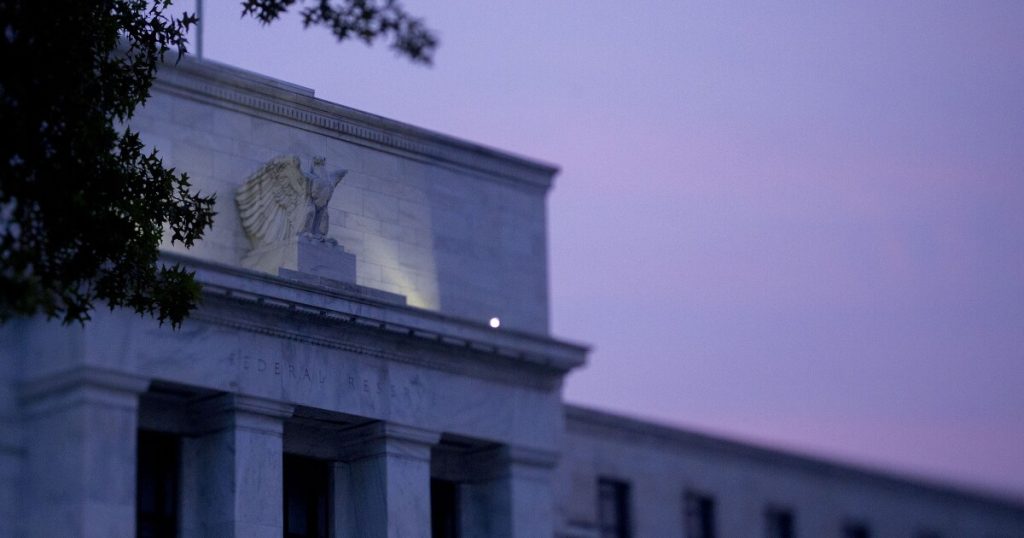A combination of elevated asset values and low market liquidity could leave the U.S. financial system vulnerable to shocks, according to a report from the Federal Reserve.
In its biannual
Combined, the dynamics run the risk of a sudden drop in prices that could be exacerbated by limited access to cash-like alternatives.
The report notes that destabilizing shocks can take various forms and are inherently hard to predict. It did not conclude that such a shock was likely to occur in the near term and noted that banks are well positioned to withstand a stressed scenario thanks to capital and liquidity levels that exceed regulatory minimums.
The report noted some increased leveraging of parts of the financial system. This includes banks lending to hedge funds, which was at its highest level since 2013. That uptick was partially driven by an unwinding of complex trades tied to U.S. Treasury futures and the Japanese yen earlier this year.
Banks continued to grow their exposure to fast-growing parts of the nonbank sector, including private credit funds, the Fed found, but other measures of systemwide leverage, including borrowing by broker dealers, credit quality within banks and bank profitability, appear healthy.
The other two categories of vulnerabilities explored in the report were borrowings by businesses and households, and bank funding, both of which showed signs of strength.
While overall commercial indebtedness is high by historical standards, corporate profits have been strong and businesses have been able to make loan payments. Similarly, consumer balance sheets were solid, with most household debt being tied to mortgages. Rising home values in recent years have created a buffer to protect owners against potential losses. Also, most of the debt in this category is held by prime borrowers, according to the Fed.
The report notes that banks have become less reliant on uninsured deposits in recent years, a development that has made their funding more resilient. Other markets dependent on deposit-like funding, including money market funds and stablecoins, still face relatively high run risks, the Fed found.
As it has for the past several cycles, this edition of the Fed’s financial stability report included a survey of market participants about their
Among the concerns related to the national debt, respondents said they feared that continued Treasury issuances would hamper private investment or constrain the government’s ability to respond to a crisis.
For the Middle East, the prime threat is disruption to energy supply chains and other commodity markets. For its part, the Fed noted that an expansion of Israel’s military operations into a full-blown regional conflict could have a devastating impact on U.S. market activities.
“The current combination of relatively high asset valuation pressures and heightened geopolitical and policy uncertainty increases the risk of a sudden pullback from risk-taking,” the report states. “These developments could lead to declines in asset prices and losses for exposed businesses and investors, including those in the U.S.”
Conducted by the Federal Reserve Board of New York, the survey polled a group of professionals at broker-dealers, investment funds, research and advisory firms and academics about their stability concerns. The interviews were conducted between late August and late October, so the results of this month’s presidential election did not factor in.
Notably, inflation — which has been the top concern in five of the past six financial stability reports — was only the fifth most cited risk, with 33% of respondents raising it compared to 72% in the April financial stability report.
Though it was only the eighth most cited concern in this month’s report, up slightly from 10th in the spring edition, the Fed also noted the potential destabilizing impacts of a large cyberattack or IT failure.
“Shocks caused by cyber events, especially cyberattacks, may propagate through the financial system through complex interdependencies among financial institutions, market infrastructure, and service providers,” the report states. “When these channels are sufficiently systemic, cyber shocks can disrupt payments or other operational components of the financial system.”

